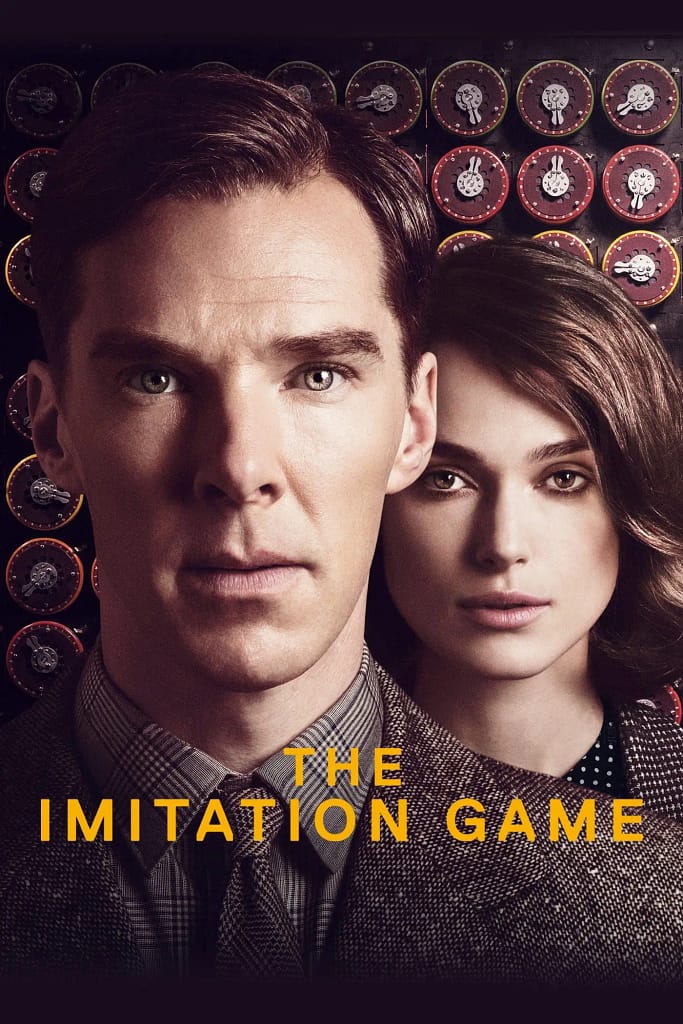We are still working on this function.
Linear Regression: Every AI/ML Engineer’s First Step
In every AI/ML engineer’s path there’s a 95% possibility they’ve learned linear…

In every AI/ML engineer’s path there’s a 95% possibility they’ve learned linear…
Have you ever wondered: What is a computer? What is computing? How…
Artificial Intelligence (AI) has become a transformative force across industries, boosting efficiency…

Have you ever wondered: What is a computer? What is computing? How do computers work? If these questions intrigue you, this article will take you through the fascinating origins of computer science, focusing on the Turing Machine.
The journey begins with a fundamental question: What is mathematics? Over time, many definitions emerged. Benjamin Peirce (1870) described it as logical reasoning: “Mathematics is the science that draws necessary conclusions.” Similarly, Bertrand Russell (1903) stated: “All mathematics is symbolic logic.”
Others leaned on intuitionism, viewing mathematics as the mental construction of ideas. However, David Hilbert introduced a revolutionary concept: mathematics as a formal system. A formal system uses an alphabet or meaningless symbols manipulated according to explicit rules, like chess pieces following their game rules.
Hilbert outlined three foundations for mathematics:
Hilbert’s concept of decidability required defining an “effective procedure.” Alan Turing, in the 1930s, developed a theoretical framework to address this. Inspired by human “computers” who solved problems by following step-by-step instructions, Turing envisioned a machine capable of performing any computation—the Turing Machine.
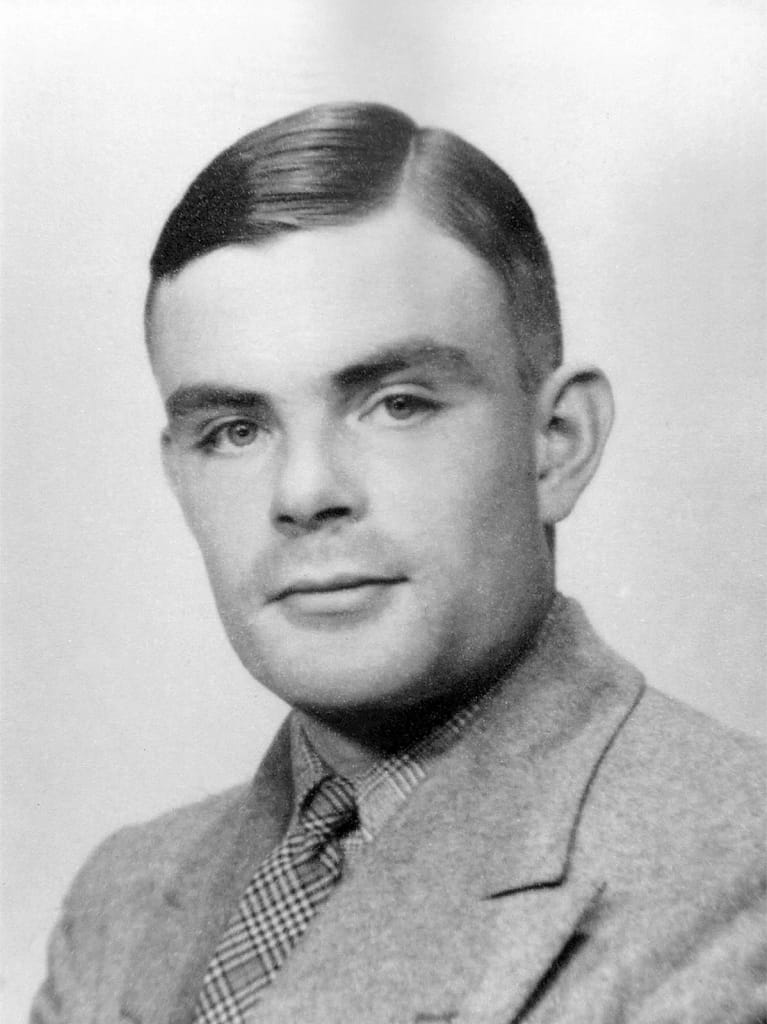
A Turing Machine is a simple yet powerful concept. It consists of:
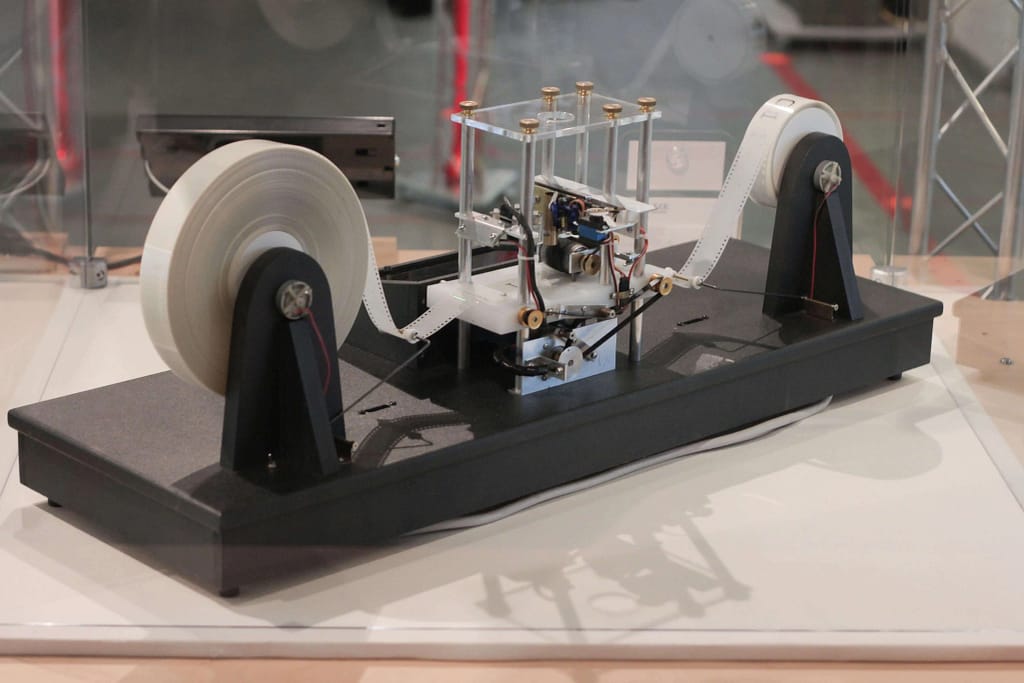
A Turing Machine is formally defined as a 7-tuple M=⟨Q,Γ,b,Σ,δ,q0,F⟩ where:
The machine halts when δ is undefined for the current state and symbol.
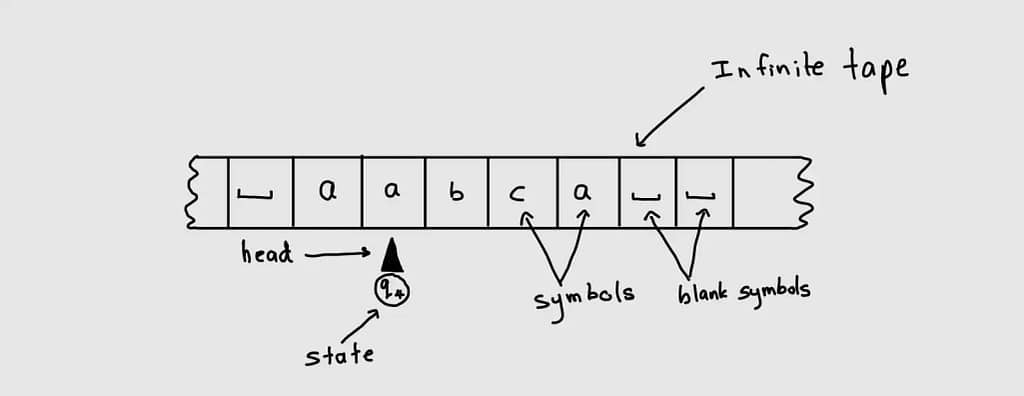
Imagine a task: recognizing the sequence 000111 (equal numbers of zeros followed by ones). Here’s how a Turing Machine might solve it:
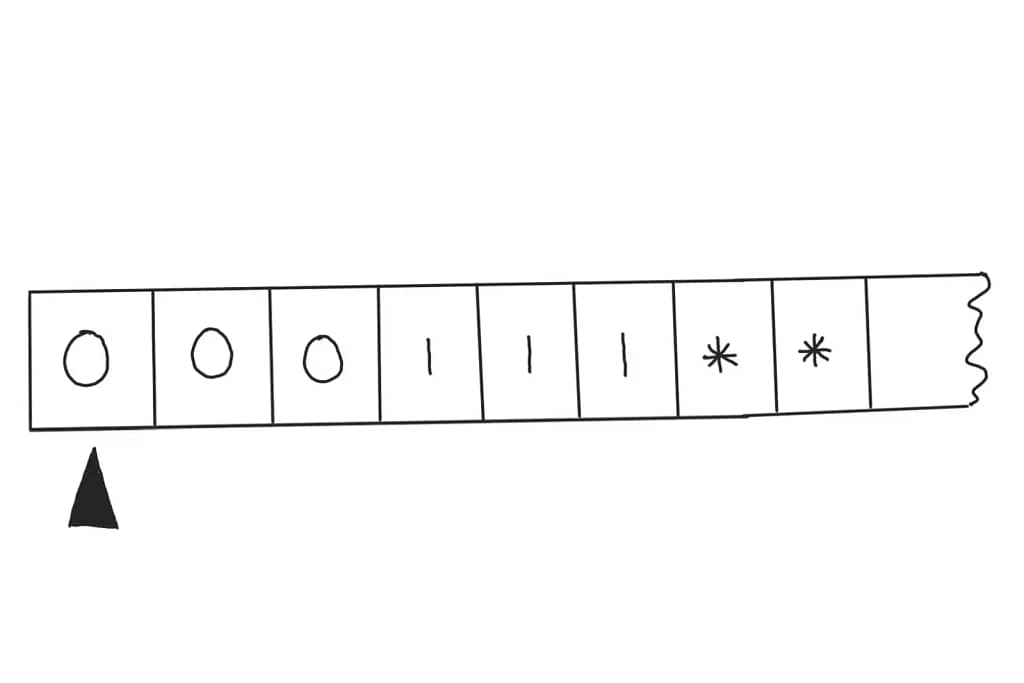
0 with x and move right to find the first 1.1 with y and return left to the next 0.0s are x and all 1s are y.0s or 1s.Example Walkthrough:
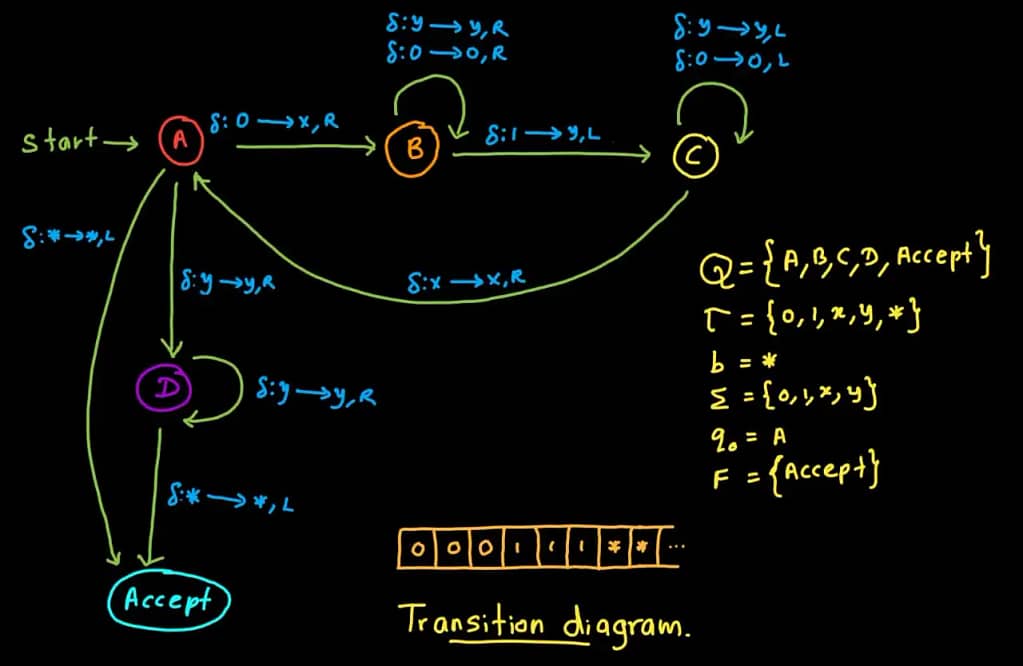
0, replaces it with x, and moves right to State B.x and 0 symbols until it encounters the first 1. It replaces this 1 with y and transitions to State C, moving left.x, transitioning back to State A.0s and 1s are replaced.0s or 1s remain and the head finds blanks, the machine halts in an ACCEPT state.Turing later realized the instructions for different tasks could be encoded in binary (1s and 0s), enabling a single machine to execute any computation. This concept birthed the idea of programmable computers.
The Turing Machine revolutionized our understanding of computation. It demonstrated that any computational task can, in theory, be performed by such a machine. Alan Turing’s work laid the foundation for modern computing, influencing everything from algorithms to artificial intelligence.
If you are curious about Alan Turing, then this movie is for you.
